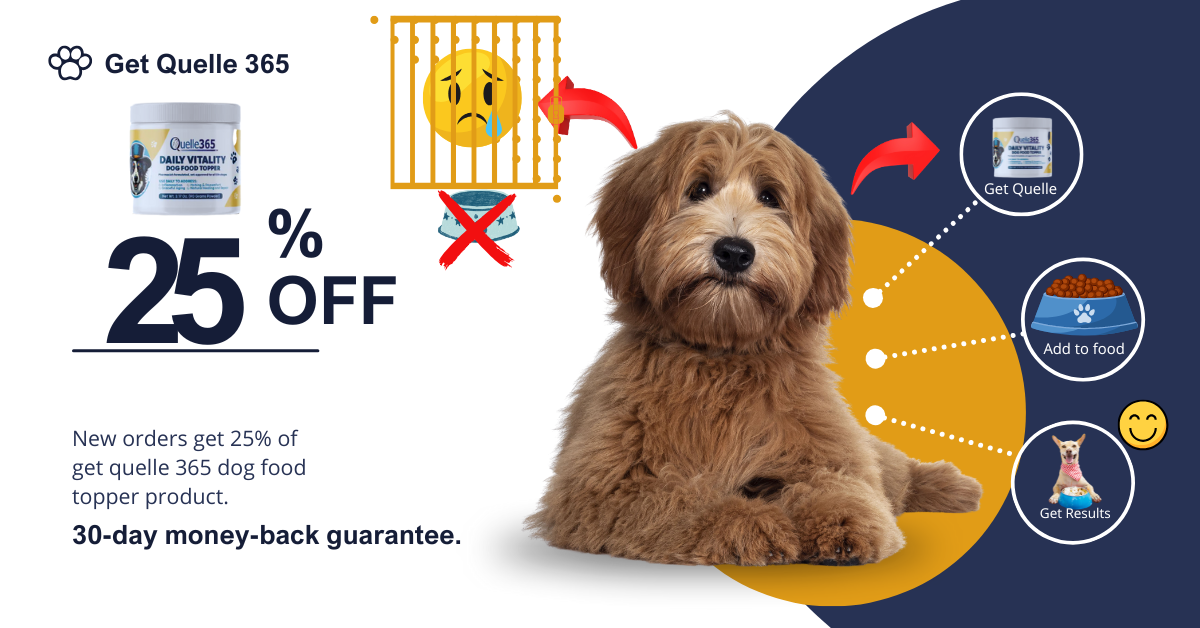It’s hot. And getting hotter. It’s way too hot to leave a pet alone in your car even for a few short minutes.
Taking a pet on a car ride, whether it is a short drive to the store or a long trip, requires forethought and careful planning.
According to the American Veterinary Medical Foundation, the temperature inside a vehicle can rise almost 20 degrees in just 10 minutes.
In 20 minutes, it can rise almost 30 degrees. At 60 minutes, the temperature in a vehicle can be more than 40 degrees higher than the outside temperature.
So that means on a 70-degree day it could be 110 degrees inside your vehicle, the foundation suggests.
Leaving a pet in a parked car puts the animal at risk of injury and even death, even on a day you do not consider to be all that hot, and experts say cracking the windows makes little difference.
Pets being left in hot cars is not the only danger.
When families go on vacation, many bring their pets along for the ride and the fun. According to a survey by the AAA Auto Club, 38% of people take their pets with them on vacations or road trips.
Of that number, 37% of respondents to the AAA Consumer Pulse survey said they never restrain their pets when they are in the car with them. AAA warns that not restraining pets, in some ways, can lead to added distractions for the driver and increased dangers for passengers, including the pets.
AAA offers these suggestions for traveling with a pet:
• Pets should be confined to the back seat, either in a carrier or a harness attached to the car’s seat belt. This will prevent distractions as well as protect the animal and other passengers in the event of a collision.
• To help prevent car sickness, feed your pet a light meal four to six hours before departing.
• Do not give an animal food or water in a moving vehicle.
• Never allow your pet to ride in the bed of a pickup truck. It’s illegal in some states; he also can jump out or be thrown. Harnessing or leashing him to the truck bed is not advisable either: If he tries to jump out he could be dragged along the road, or the restraint could become a noose.
• Avoid placing animals in campers or trailers.
• Don’t let your dog stick her head out of the window, no matter how enjoyable it seems. Road debris and other flying objects can injure delicate eyes and ears, and the animal is at greater risk for severe injury if the vehicle should stop suddenly or be struck.
• Stop every two hours to stretch your legs and take a quick break from driving. Your pet will appreciate the same break. Plan to visit a rest stop every four hours or so to let him have a drink and an opportunity to answer the call of nature.
• Be sure your pet is leashed before opening the car door. This will prevent her from unexpectedly breaking free and running away. Keep in mind that even the most obedient pet may become disoriented during travel or in strange places and set off for home.
• Never leave an animal in a parked car, even if the windows are partially open. Even on pleasant days the temperature inside a car can soar to more than 100 degrees. On very cold days, hypothermia is a risk. Also, animals left unattended in parked cars can be stolen.
Pet restraints and carriers can be found in all major pet retailers and on several websites.
If you are going to own a pet, be responsible, make wise decisions and plan ahead.
* Guest editorial by the Dalton Daly Citizen.









